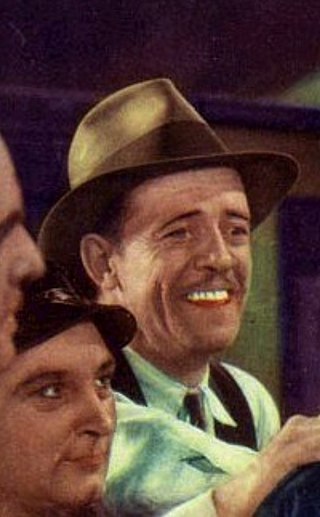
Tom London was an American actor who played frequently in B-Westerns. According to The Guinness Book of Movie Records, London is credited with appearing in the most films in the history of Hollywood, according to the 2001 book Film Facts, which says that the performer who played in the most films was "Tom London, who made his first of over 2,000 appearances in The Great Train Robbery, 1903. He used his birth name in films until 1924.

Tom Tyler was an American actor known for his leading roles in low-budget Western films, and for his portrayal of superheroes in movie serials The Adventures of Captain Marvel and The Phantom. Tyler also played the mummy Kharis in 1940's The Mummy's Hand, a popular film in the Universal Monsters franchise.

Francis Ford was an American film actor, writer and director. He was the mentor and elder brother of film director John Ford. As an actor, director and producer, he was one of the first filmmakers in Hollywood.
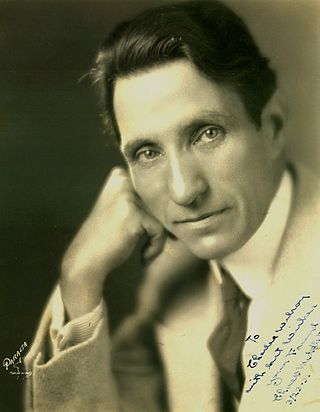
Charles Brown Middleton was an American stage and film actor. During a film career that began at age 46 and lasted almost 30 years, he appeared in nearly 200 films as well as numerous plays. Sometimes credited as Charles B. Middleton, he is perhaps best remembered for his role as the villainous emperor Ming the Merciless in the three Flash Gordon serials made between 1936 and 1940.

Murdock MacQuarrie was an American silent film actor and director. His name was also seen as Murdock McQuarrie.

Ray "Crash" Corrigan was an American actor most famous for appearing in many B-Western movies. He also was a stuntman and frequently acted as silver screen gorillas using his own gorilla costumes.
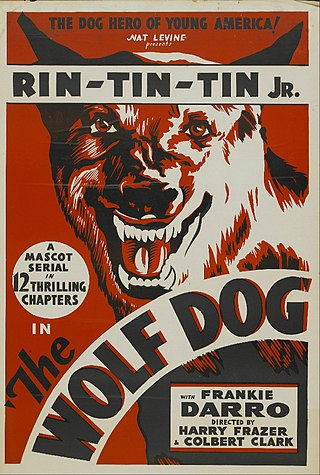
The Wolf Dog is a 1933 American Pre-Code Mascot film serial directed by Colbert Clark and Harry L. Fraser and starring Frankie Darro and Rin Tin Tin, Jr. The plot concerns a young boy becoming the heir to a fortune and a villain attempting to take it from him. The boy's canine pet, Rin Tin Tin Jr., is the star of the film, protecting his master from a succession of murder attempts.
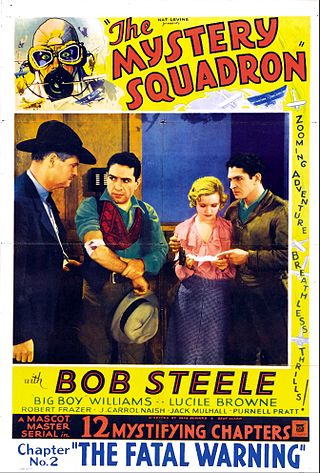
The Mystery Squadron is a 1933 American pre-Code 12-chapter Mascot film serial, directed by Colbert Clark and David Howard. The film was produced by Nat Levine, and stars Western star Bob Steele, Guinn "Big Boy" Williams, Lucile Browne, Purnell Pratt and Jack Mulhall. The Mystery Squadron made an impressive use of a great deal of aerial footage to enliven the action.

Mystery Mountain is a 1934 American Western serial film directed by Otto Brower and B. Reeves Eason and starring Ken Maynard, Verna Hillie, Syd Saylor, Edward Earle, and Hooper Atchley. Distributed by Mascot Pictures, Mystery Mountain features the second ever film appearance by Gene Autry.
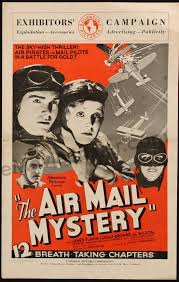
The Airmail Mystery is a 1932 Universal pre-Code movie serial directed by Ray Taylor, written by Ella O'Neill, starring James Flavin and Wheeler Oakman, and featuring Al Wilson doing the aerial stunts. The Airmail Mystery was Universal's first aviation serial that set the pattern for the aviation serials and feature films to follow. The film also marks the film debut of James Flavin. The Airmail Mystery is considered a lost film.
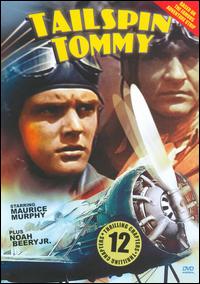
Tailspin Tommy is a 12-episode 1934 Universal film serial based on the Tailspin Tommy comic strip by Hal Forrest. Directed by Lew Landers and produced by Milton Gatzert, the serial was the 97th serial of the 137 released by that studio. The plot of Tailspin Tommy concerns a conflict over a government airmail contract.

Wheeler Oakman was an American film actor.

Victor Potel was an American film character actor who began in the silent era and appeared in more than 430 films in his 38-year career.

William Desmond was an American actor. He appeared in more than 200 films between 1915 and 1948. He was nicknamed "The King of the Silent Serials."
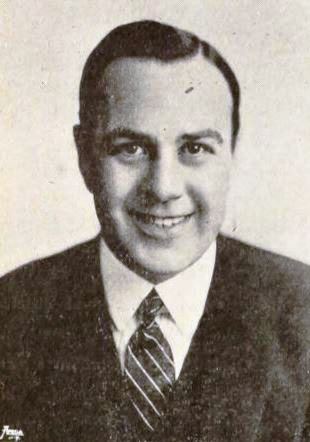
Ben Taggart was an American actor.
Jungle Raiders is a 1945 Columbia film serial. Kane Richmond plays the hero Bob Moore, with Janet Reed as Ann Shaw, and Charles King plays head villain Jake Raynes.

Kane Richmond was an American film actor of the 1930s and 1940s, mostly appearing in cliffhangers and serials. He is best known today for his portrayal of the character Lamont Cranston in The Shadow films in addition to his leading role in the successful serials Spy Smasher and Brick Bradford.
George Magrill was an American film actor who appeared in more than 320 films between 1923 and 1952.

Walter Sande was an American character actor, known for numerous supporting film and television roles.

Sam Flint was an American actor. He appeared in more than 200 films, and is perhaps most familiar to today's audiences from Charlie Chan mysteries, adventure serials, It's a Wonderful Life, and the Three Stooges short Micro-Phonies.


















